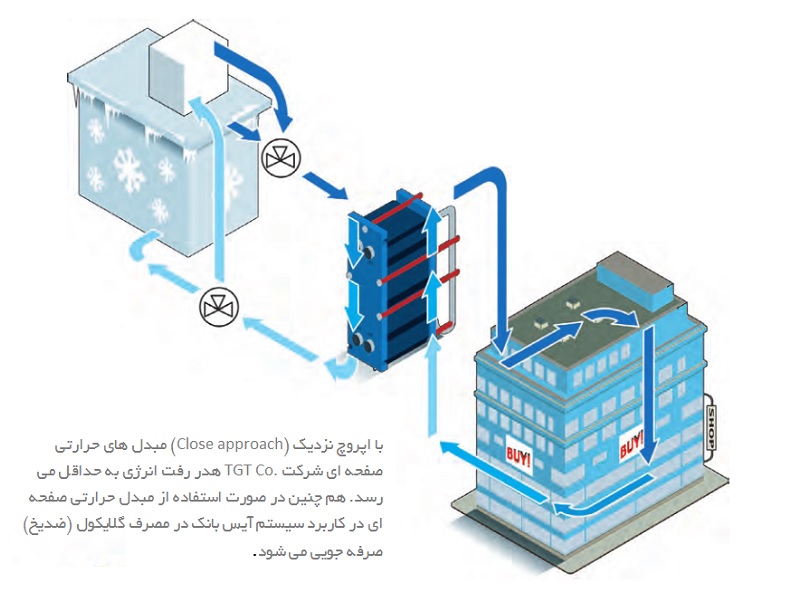
Ice bank or accumulator/storage consists of a tank in which ice is stored, stored and maintained for a period of time, and then melted and used in another period. There are two main advantages to using this type of system:
• Where cooling needs vary throughout the day, a smaller chiller can be used. As a result, the initial cost of refrigeration equipment is significantly reduced.
• Cooling energy can be purchased and stored during off-peak hours.
In many countries, this means that the cooling is cheaper.
Experience has shown that return on investment for Ice banks is less than 4 years, so it is considered a valuable investment. Apart from air conditioning, Ice Bank is also used in industry, where the demand for cooling is often variable. For example, in dairy production, milk is brought to the collection in the morning.
Types of Ice Bank:
There are two main types of ice banks or ice storage:
Internal melting systems: The system consists of a polyethylene tank containing coils of the same material. The tank is filled with water and a glycol solution with a temperature of -5 °C is passed through the coil, and the water gradually begins to freeze, first around the coil and finally throughout the tank. When additional cooling is required, the glycol solution enters the cooling system and in a plate heat exchanger transfers its cooling energy to the chilled water and returns to the tank at a higher temperature. So the ice inside the tank starts to melt and the glycol cools again until all the ice has melted.
External melting systems: In these systems, the tank is made of steel or concrete. Here, too, the fluid is inside the glycol coil or CFC / CHFC refrigerant, and water up to 35 mm thick is formed and stored around each coil. The rest of the tank space is filled with water. When cooling is required, the ice water is pumped from the bottom of the tank to the system and exchanges heat in a plate heat exchanger with a chilled water. When it returns to Ice Bank, it is forced to turn around the ice. In this system, the ice water that is pumped to the system will always have a constant temperature